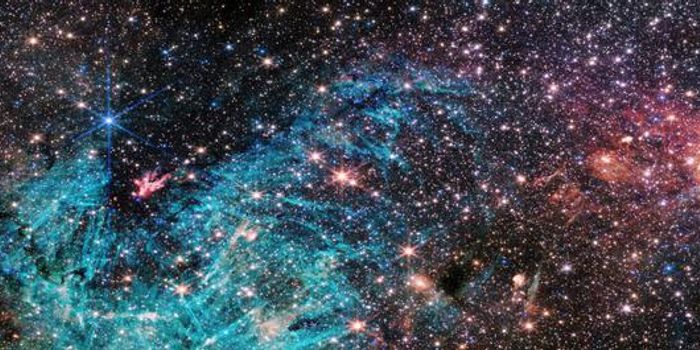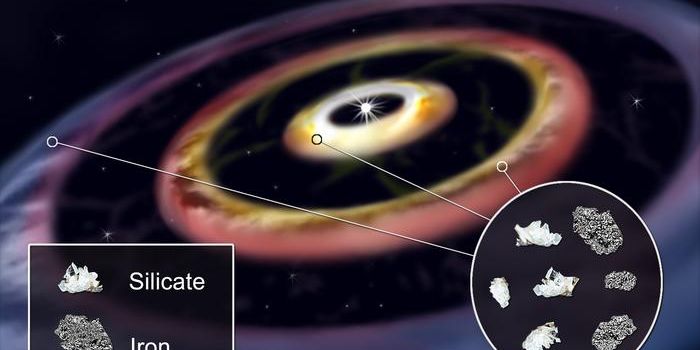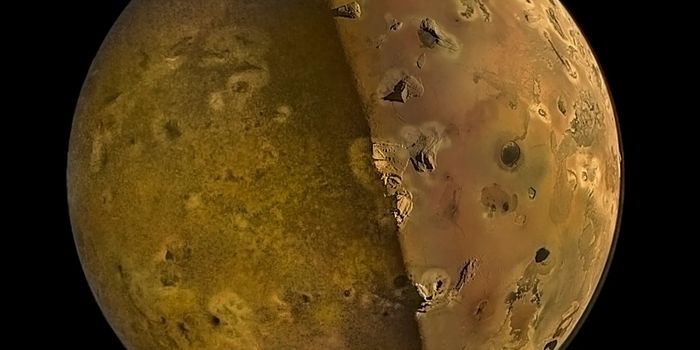NASA Acknowledges SLS Rocket Development Issues
It’s been several decades since NASA last sent astronauts to the Moon in the name of science, and in an announcement published just last week, the American space agency unveiled its plans and a detailed timeline for sending astronauts to the Moon again. At first glance, it looked like a spectacular roadmap; but just how realistic were those goals?
Image Credit: NASA
According to NASA administrator Jim Bridenstine, NASA has a long history of failing to meet launch dates, and it just so happens that NASA’s upcoming deep space rocket – the Space Launch System (SLS) – is falling behind schedule. The SLS rocket is a vital component in NASA’s lunar exploration roadmap, and with that in mind, you’d be right to feel a bit skeptical regarding the space agency’s ambitious goals.
The SLS rocket was initially projected to be completed by 2018, but that timeframe later slipped to the end of 2019, and 2020 after that; in fact, NASA’s recent plans to visit the Moon involved sending a crewed Orion spacecraft around the Moon on a test flight in 2020. But now, even the most recent estimate isn’t looking likely as NASA and its partners struggle to keep everything together.
The circumstances are indeed upsetting, not only to NASA but also to space fanatics who wish to see the United States push forward in lunar surface exploration and the assembly of the Moon-orbiting Gateway space station. But despite all the red flags, Bridenstine hasn’t given up yet; quite the contrary, in fact. Instead, these challenges appear to be driving NASA to open new doors.
What new doors, you might ask? A great question. Fortunately, the answer isn’t as convoluted as one might think.
Related: First SLS rocket launch will be uncrewed, NASA says
With the SLS project seemingly failing to materialize despite all the endless research and development poured into it thus far, Bridenstine now appears to be exploring alternative possibilities, such as partnering up with commercial space companies, to help ensure that the space agency meets its projected launch dates as closely as possible. On the other hand, nothing has been set in stone at the time of this writing.
When looking to the possibility of partnering with commercial space companies, there’s one thing that must be understood: that no commercial rocket in existence today comes close to the lifting power that’s expected from NASA’s SLS platform. That said, payloads involving crewed missions and the development of the lunar Gateway would need to be divided among several rocket launches rather than shipped all at once.
Bridenstine hasn’t officially designated which commercial space partners NASA might seek working with, but it seems obvious that SpaceX’s Falcon Heavy rocket and the United Launch Alliance’s Delta Heavy 4 rocket would be the most viable candidates for this caliber of heavy-lifting.
While it’s entirely possible that commercial space companies could play a vital role in NASA’s upcoming lunar mission goals, NASA maintains that the SLS’ production will endure and that it will continue to be one of the space agency’s primary goals even during and after such test flights.
For now, all we can do is wait and see how NASA will tackle the failed deadline problem. With a little luck, perhaps the bright idea of calling upon commercial space companies for help will work out for the better in the long run.
Source: NASA, New York Times
-
APR 30, 2024Immuno-Oncology Virtual Event Series 2024
-
MAY 07, 20243rd International Biosecurity Virtual Symposium
-
JUN 06, 2024The Future of Scientific Conferencing
- See More


















































